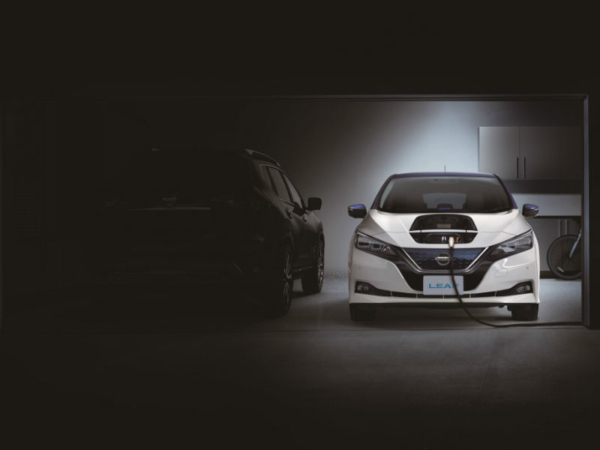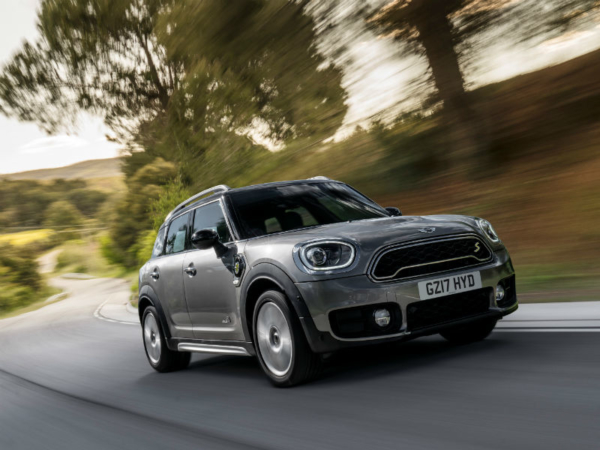IT’S a bold move by Oxford City Council and Oxfordshire County Council: a progressive elimination of vehicles with pollutant emissions, starting 2020 and completed by 2035.
If the proposals are approved, via a six-week public consultation, Oxford says the zero emission zone would be a world first.
So what are the zero emission zone proposals?
Basically the proposals for Oxford city ban petrol and diesel vehicles progressively from a small part of the city centre and then expand the zero emission zone at a pace to match the introduction of new technology. At least that’s the plan announced by Oxford to improve the city’s air quality.
There’s no denying cities need to tackle crippling air pollution.
The Royal College of Physicians and the Royal College of Paediatrics and Child Health reported in a 2016 that air pollution was a contributor to serious diseases such as cancer, asthma, stroke and heart disease, and changes linked to dementia and was contributor to 400,000 deaths.
Such statistics clearly need addressing.
The Oslo way to reducing emissions
Recently I attended the Nissan Futures ‘The Car and Beyond’ event in Oslo, Norway – see The acceleration of electrification on our sister site Car & Van Funding – and had a chance to speak with the Mayor of Oslo, Marianne Borgen, who presides over the cleanest city in the world in a country where one in four new cars sold are electric vehicles (EVs).

To incentivise EVs, toll roads are free for such zero emission cars; there’s free city centre car parking, the instigation of 77 central charging points for the city’s apartment blocks (two thirds of Oslo residents live in high rise blocks, so lobbing a charging cable out of the window is a no-no), and so on.
Mayor Borgen told me:
“To keep Oslo ahead we need an expanding infrastructure, to maintain incentives and to be a test bed for new solutions. As importantly we need to maintain an active and ongoing dialogue with Oslo’s citizens to explain what is happening.”
The latter is important. Oslo tried to make the city car free not so long ago by removing car parking spaces with just a note to all shareholders. It was too bold, too dictatorial – and faced a citzen’s revolt. The plan was shelved.
But Borgen is clear that eventually she would like to see the city car free. “Even EVs take up space. We would like to reduce the number of private cars and have more car sharing while building up our public transport system.”
Car-free or not, Bergen hopes Oslo will be emissions free by 2025, when all vehicles will have to be zero emission.
What decisions should business car managers make?
The UK is not Norway, but Oxford is forging ahead with its proposed plans. And other UK cities are expected to follow a similar course of action.
So for any business car manager of an SME small fleet, or a small business owner trying to decide on their next company car, what’s the best course of action? What choice should you make?
For years, diesel has been incentivised by the government for its low CO2 emissions; now it’s being blackened by its own soot.
But that doesn’t make diesels bad per se. A clean Euro 6 diesel is brilliant because it’s so thermally efficient – which means it goes a long way on a gallon of fuel. And if your journeys – or your company car drivers – require constant pounding of the UK’s (sometimes crumbling) tarmac, then there really is nothing to beat a diesel.

But that aside, SME directors looking at future staff choices for company cars need to seriously start considering electrification, whether that’s a plug-in electric hybrid (PHEV) or a full electric vehicle.
Plug-in hybrids allow you to glide around urban environments in zero emission mode for around 30 miles, as long as you keep the battery charged.
Even the imperious Range Rover is now available with a plug-in hybrid variant – see Silent luxury as fourth generation Range Rover enters low-tax PHEV age.
Electric vehicles are now acquiring a greater range. Nissan says its new Leaf is capable of more than 200 miles on a single charge.
BMW has recently refreshed its i3 electric car, which is capable of 125 miles on a single charge, while there is also a sporty i3s model as part of the update. So car choice is growing.
When is the right time to move to emission-free?
But the outlook is confusing, no question. And when to move to electrification is also difficult to judge.
But the number of electrified alternative fuel vehicles (AFVs in the acronym-fixated auto industry) is growing all the time, and so is driver take up.
Go Ultra Low reports that quarter 3 saw the highest ever quarter take up of PHEV cars, boosted by 7794 registrations in September alone, taking the quarter’s total to just short of 13,000 PHEVs registered. Year to date, there have been just over 11,000 fully electric vehicles registered.
So the tide is beginning to turn. For business car managers of SME small fleets, now is certainly the time to be considering the options more carefully.
Because electrification is starting to make a very strong case. Whether the public decides to go ahead with Oxford’s plans or not.








